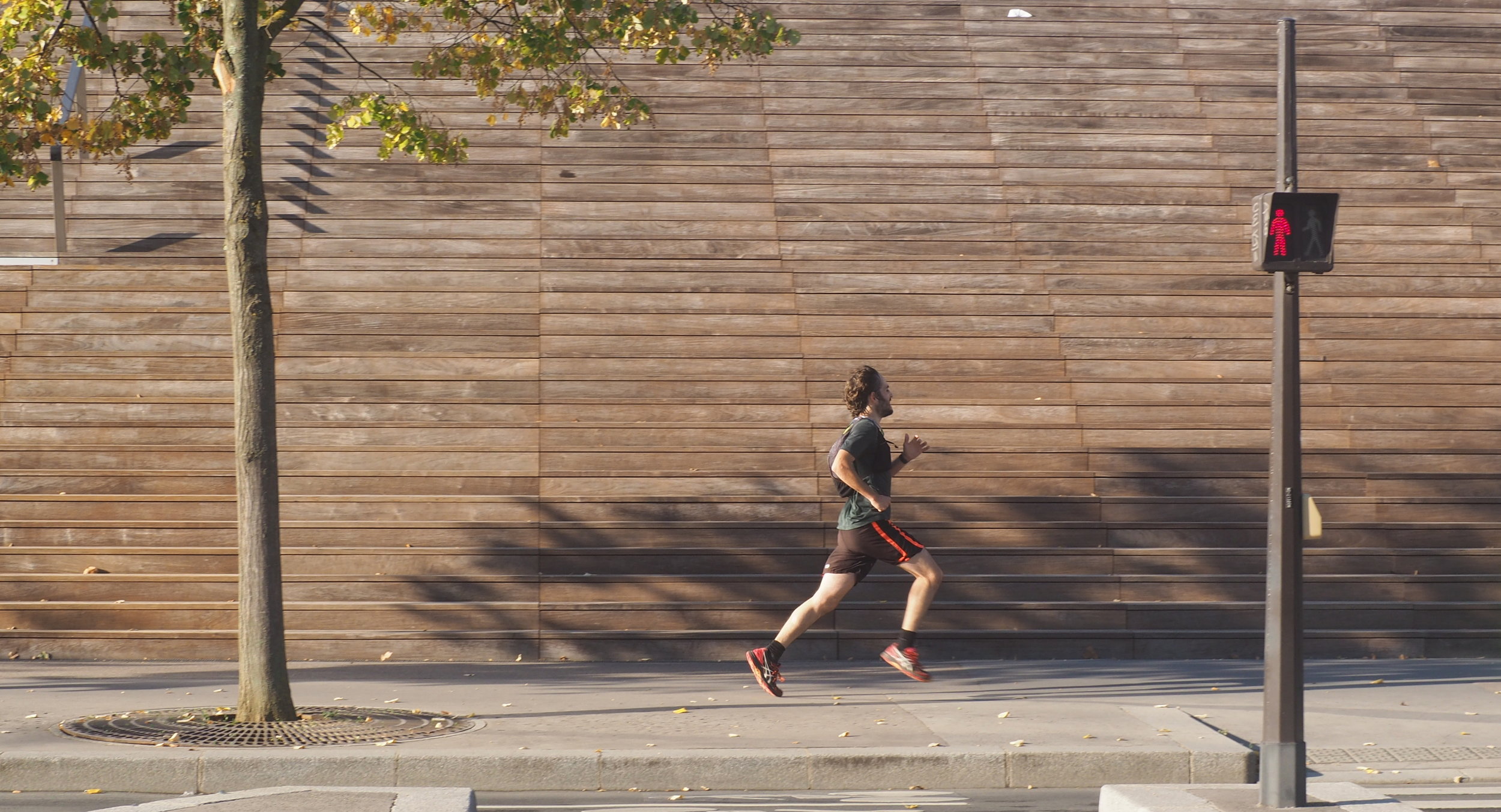#23 A Runner’s Will
SNAPSHOT
Will is a MUSCLE
DIGGING DEEPER
Will: expressing a strong intention or assertion about the future - desire
Muscle: physical power; strength - can become stronger
Give your WILL a workout
Challenge yourself by putting yourself in a difficult situation (still safe though).
Build your WILL MUSCLE
Right now, look at your training log and identify the last time you exercised your WILL MUSCLE. When did you have to dig deep, not give up, or convince yourself you could finish?
At a minimum every 10 days, exercise your WILL MUSCLE. Monthly races that you take seriously and push yourself are a wonderful way to strengthen your will muscle.
RESULTS of a
Strong WILL MUSCLE
Better Race Results
Stronger Body
Stronger Mind
More Discipline
More Purpose
SOLUTION
Running training is much more than weekly miles, it is also preparing the mind to take the hardest path and not give up.
This 30-day series is a quest for me as a writer, coach, and runner. I promise to write about running for 30 days in a row. In doing so I intend to gain in knowledge and expression of running and daily life. My hope is that we all grow together.




















